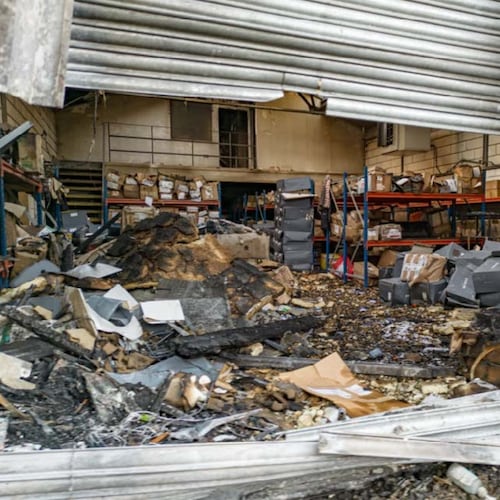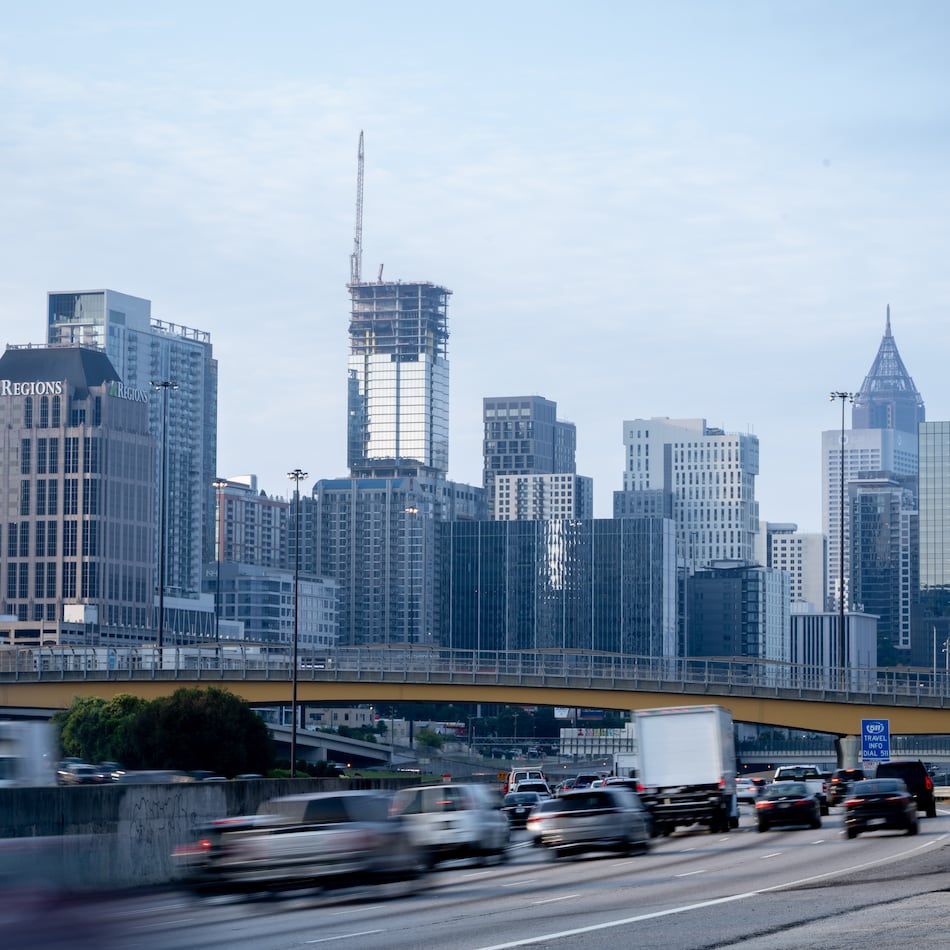In his State of the Union speech, President Donald Trump said a stricter immigration system would help address the country's opioid epidemic. Ann Coulter, the conservative author and commentator, attempted to provide some context for his comment.
There are three claims to address in her tweet: the insinuation that the opioid crisis is limited to or caused by a rise in heroin and fentanyl use; that all heroin and fentanyl Americans use comes in through Mexico; and the suggestion that building a wall along the southern border would drastically reduce opioid abuse.
The National Institute on Drug Abuse describes opioids as a class of drugs that includes heroin, fentanyl and prescription pain relievers such as oxycodone and many others. Fentanyl is a powerful synthetic opioid pain reliever that is similar to but 50 to 100 times more potent than morphine .
A bipartisan commission Trump created concluded the current epidemic is a result of "excessive prescribing of opioids since 1999" compounded by the "widespread availability of inexpensive and purer illicit heroin; the influx of highly potent fentanyl/fentanyl analogs."
As PolitiFact previously reported, heroin is most smuggled through Mexico.
Fentanyl mainly originates in China and comes in through the southwest border, Canada and the U.S. Postal Service.
Trump’s opioid commission says many users are ordering the pill-form of fentanyl online and having it shipped discreetly. The commission’s report references a Carnegie Mellon University study that found revenues from online illicit drug sales increased from between $15-17 million in 2012 to $150-$180 million in 2015.
The fentanyl found at the southern border tends to be less potent than the fentanyl shipped through the mail.
“Large volumes of fentanyl are seized at the (southern border), although these seizures are typically low in purity – on average approximately 7 percent,” the DEA’s 2017 report says.
Experts told PolitiFact in October they're skeptical a wall would have a drastic impact on American opioid use.
Even though a lot of heroin comes from Mexico, it's not always walked across the border. As PolitiFact pointed out in this fact check of Trump, traffickers typically smuggle the drugs in through secret compartments in vehicles crossing the border (through legal checkpoints and illegal crossings), transport them to stash houses in hub cities like Dallas, Los Angeles and Phoenix, and then distribute to the Midwest and East Coast.
As for fentanyl, Trump’s opioid commission seemed more concerned with shipments from China than couriers from Mexico.
“We are losing this fight predominately through China,” the commission wrote in its interim report.
“This must become a top tier diplomatic issue with the Chinese; American lives are at stake and it threatens our national security,” it says. “Our inability to reliably detect fentanyl at our land borders and at our international mail handling facilities creates untenable vulnerabilities.”
Josh Stein, North Carolina’s Democratic attorney general, summarized the issue in an email.
“Traffickers predominately bring heroin from Mexico but usually through legal points of entry. Drug dealers import illicit fentanyl from China usually by air. To effectively combat the opioid epidemic … there are better investments than a wall.”
Our ruling
Fentanyl comes from both Mexico and Canada, and can also be transported through the mail. Coulter's "100 percent" claim is far off-base no matter how we parse it. We rate this claim Pants on Fire.
“100% of heroin/fentanyl epidemic is because we don’t have a WALL.”
— Ann Coulter on Tuesday, January 30th, 2018 in a tweet
About the Author
The Latest
Featured


